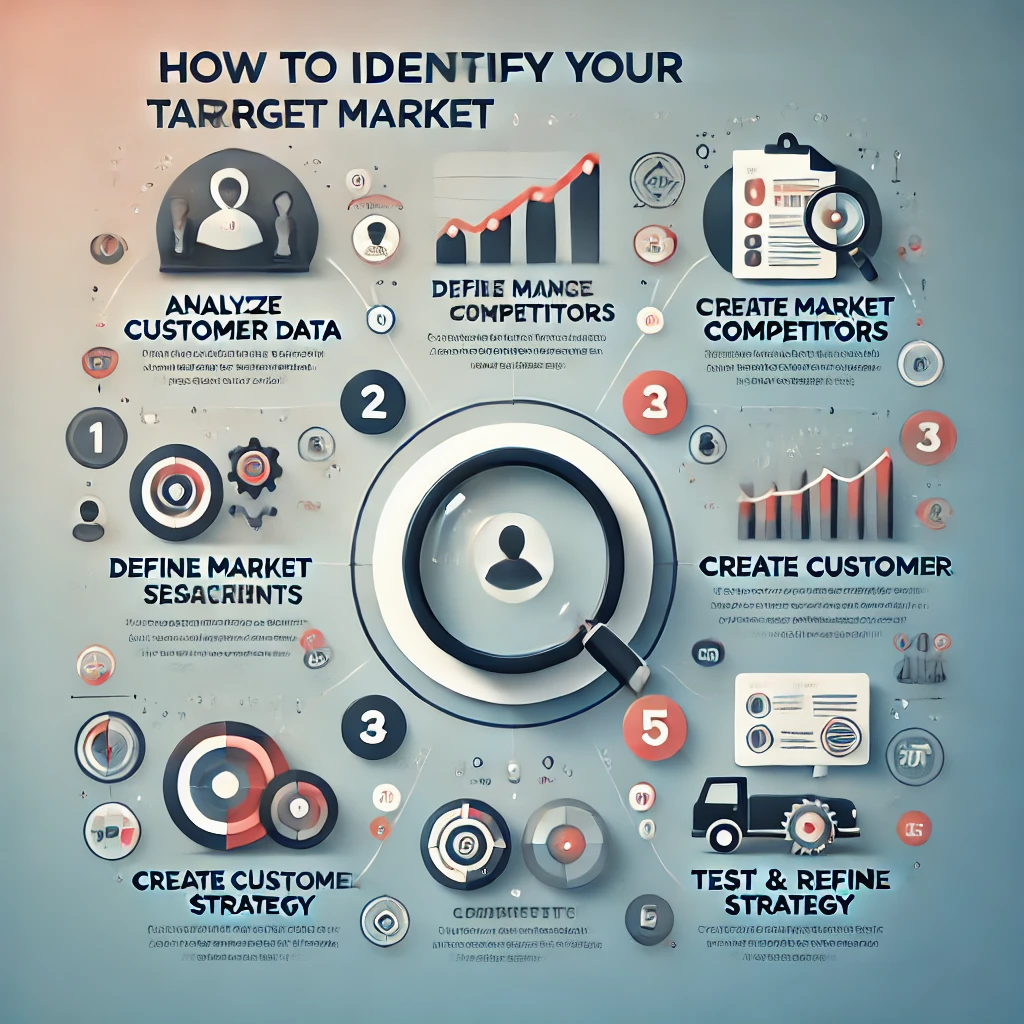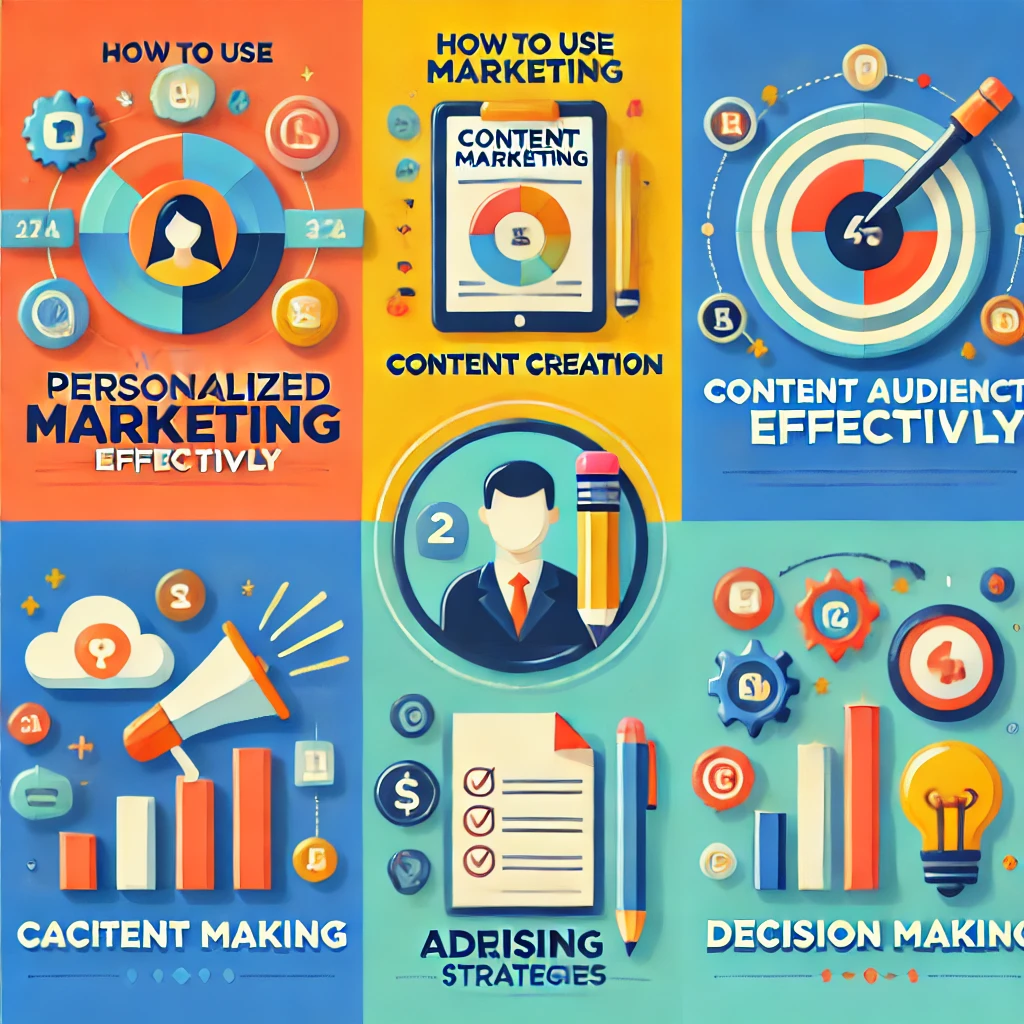Define Your Target Audience
Are you talking to the right people? This is one question that most entrepreneurs, bloggers, and marketers often forget to ask. However, defining your target audience is the cornerstone of every successful business.
Without a defined understanding of who your ideal customers are, even the best products or services can fall flat.
But first, let’s break down the practical steps to nail that target audience definition to get the right message to the right people for increased conversions and long-term success.
Why Defining Your Target Audience Matters
Defining your audience is more than just a marketing buzzword. When you target, you aim at precision. Think about it:
Would you pitch your premium financial services to a college student or advertise high-end beauty products to someone uninterested in cosmetics? Knowing who your target audience is prevents wasted efforts and ensures every dollar spent on marketing works effectively.
Explain with casestudy: The success of the Nike “Just Do It” campaign teaches a lesson about targeting. Rather than trying to get people to be their fan generally-speaking, they focused on athletes and running enthusiasts, advertising with an eye toward that segment. That paid off big time by increasing revenues more than 10-fold, over a decade.
What is a Target Audience?
The target audience definition is a small set of people who are likely to buy your product or content. This group shares various common characteristics in the form of demographics, behavior, interests, and needs.
Imagine the answer to three key questions:
- Who are they?
- What do they care about?
- How can you help them?
By narrowing your focus, you can create a customized marketing plan that speaks directly to the needs and interests of your audience.
Step-by-Step Guide on How to Identify Your Target Market
1. Start with Your Current Customers
If you’re already in business, your current customer base is a goldmine of insights. Analyze their demographics, purchase behavior, and feedback. Tools like Google Analytics or CRM software can help extract data on:

- Age, gender, and location
- Common interests
- Purchase patterns
Example: If women of 25–35 years old make up the majority in your customer base who are buying green skincare products, then your marketing emphasis will be on environmentalism and self-care for women.
2.Know Your Products or Services
Every product or service has a solution to a problem. To define your audience, ask yourself: What problem does my offering solve? Who is most affected by this problem?
- Why would they choose my solution over others?
3. Dive into Audience Research Strategies
To dive deeper into what your target audience is like, try:
- Social Media Listening: Analyze the conversations about your niche on Twitter, Facebook, or LinkedIn. Tools like Hootsuite or Sprout Social may be helpful.
- Surveys and Feedback Forms: Use email campaigns or tools like Google Forms to ask existing users about their preferences.
- Competitor Analysis: Study your competitors’ audience and engagement. Tools like SEMrush can reveal the keywords they rank for, offering insights into their audience focus.
Creating an Ideal Customer Profile (ICP)
An ICP takes the simple demographics and paints a detailed picture of your ideal customer. Let’s consider an example:
| Attribute | Example |
|---|---|
| Age Range | 25–40 |
| Location | Urban cities in the US |
| Interests | Sustainability, fashion, and wellness |
| Pain Points | Doesn’t find affordable eco-products available |
| Preferred Channels| Instagram and Pinterest | The more you expand on these attributes, the more directed your marketing communications will be toward your customer’s preferences.
How to Use Target Audience Data Effectively

- Customized Marketing:
Design campaigns that appeal to various audience segments. For example, e-mail marketing can literally use the names of the customers and directly address their particular problems.
- Content Development
Apply statistics to compose blogs or even make videos that answer your audience’s most burning questions. For instance, if your readers constantly search for “how to start a blog” you can link back to the article on how to start blogging step by step.
- Advertising:
Display advertisements on pages your audience frequently visits. For example, Facebook Ads allows you to target users by interests, location, and more.
Avoid these common mistakes
- Trying to please everyone. If it is hard to decide whom to target, consider a narrower niche. You’re sure to hit a smaller crowd better.
- Ignoring Data: Try using hard numbers rather than assuming what people need.
- Skip Regular Updates : Audiences’ tastes change; it is best to make it a routine to check on audience preferences over time.
Tools for Target Audience Research
- Google Analytics: To track demographics of visitors to the website.
- SEMrush or Ahrefs: Study on competitors and to get keywords.
- Typeform: Build fun survey.
- Social Media Insights: Most of the social media sites, including Instagram and Facebook, provide built-in analytics to understand behavior regarding followers.
Case Study:
How Airbnb Knew Who They Wanted to Communicate With By the time Airbnb launched, it faced head-to-head competition with leading hotel chains.
Rather than hoping to appeal to “all travelers,” however, Airbnb homed in on budget-conscious millennials and frequent travelers who wanted something more than repetition.
They organized their digital marketing around the emotional benefit of “belonging anywhere.” The result? They became a global giant focusing on a specific, well-researched audience.
How to Define Your Target Market

A target market is interested in a larger group of people than a target audience, which is interested in people. To determine your market is the first step:
- Market Segmentation: Find your audience and distribute them according to demographics, psychographics, geography, or behavior.
- Competitor Analysis: Identify which markets your competition is dominating.
- Market Positioning: Identify gaps where your product can stand out.
To keep learning on profitsnation.com, you can take a look of our articles!
- “How to Start Blogging Step by Step“ to guide beginners in creating a blog.
- “Why Content Writing is Important“ for readers exploring effective communication strategies.
- “SEO Content Writing for Beginners“ for users who would want content to correspond with the findings of their SEO research about their target audience.
Final Thoughts
It’s not an overnight process to understand who you are targeting. It’s an ever-evolving process of learning and development, and by engaging with your audience using the data, you continue to hone the approach that will truly enable you to connect with the right people and build long-term business success.
It’s about understanding your audience, and the payback for that will come in the form of higher engagement, improved conversions, and sustained growth. Start your journey today by implementing these steps and watch your blog, profitsnation.com, grow!
What is a target audience, and why is it important?
A target audience is a specific group of people most likely to engage with your content or buy your products. Defining it helps tailor your marketing efforts, ensuring better engagement and higher conversions.
How can I identify my target audience effectively?
You can identify your target audience by analyzing your current customers, researching competitors, conducting surveys, and using tools like Google Analytics or social media insights.
What are the key steps to understanding your target audience?
Key steps include:
Analyzing demographics and behaviors
Identifying customer pain points
Creating an ideal customer profile
Leveraging audience research strategies like social listening and feedback surveys.
What tools are best for audience research?
Popular tools include Google Analytics, SEMrush, Ahrefs, Typeform for surveys, and social media insights from platforms like Instagram and Facebook.
How often should I update my target audience research?
It’s best to review your target audience quarterly or whenever you launch a new product, service, or marketing campaign to ensure alignment with current trends and preferences.





Pingback: 10 Essential WordPress Settings to Configure First - PROFITS NATION
Pingback: Best Practices for Writing Content on WordPress - PROFITS NATION